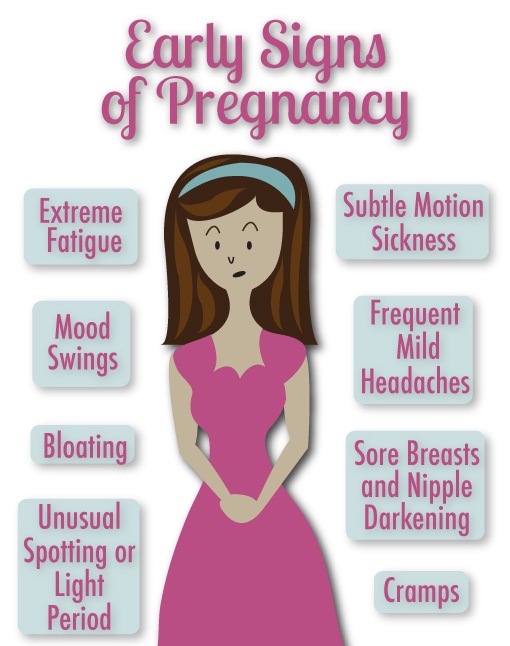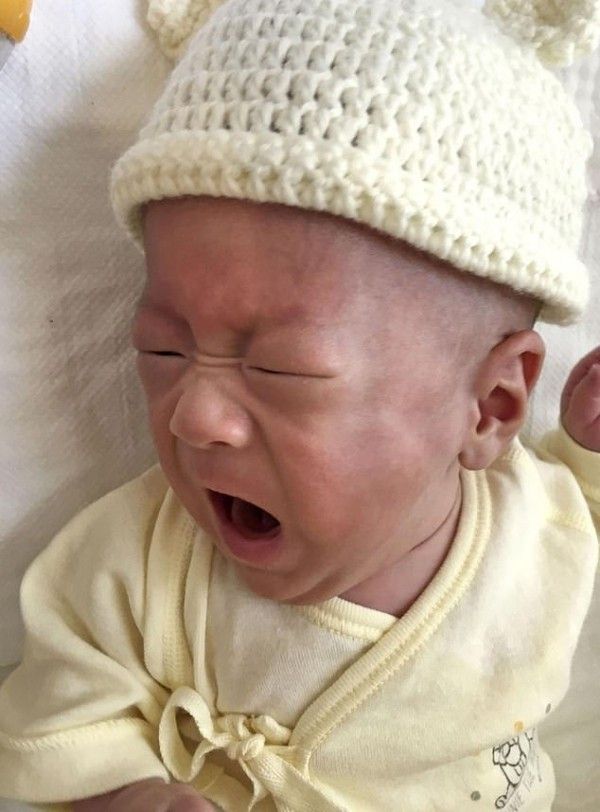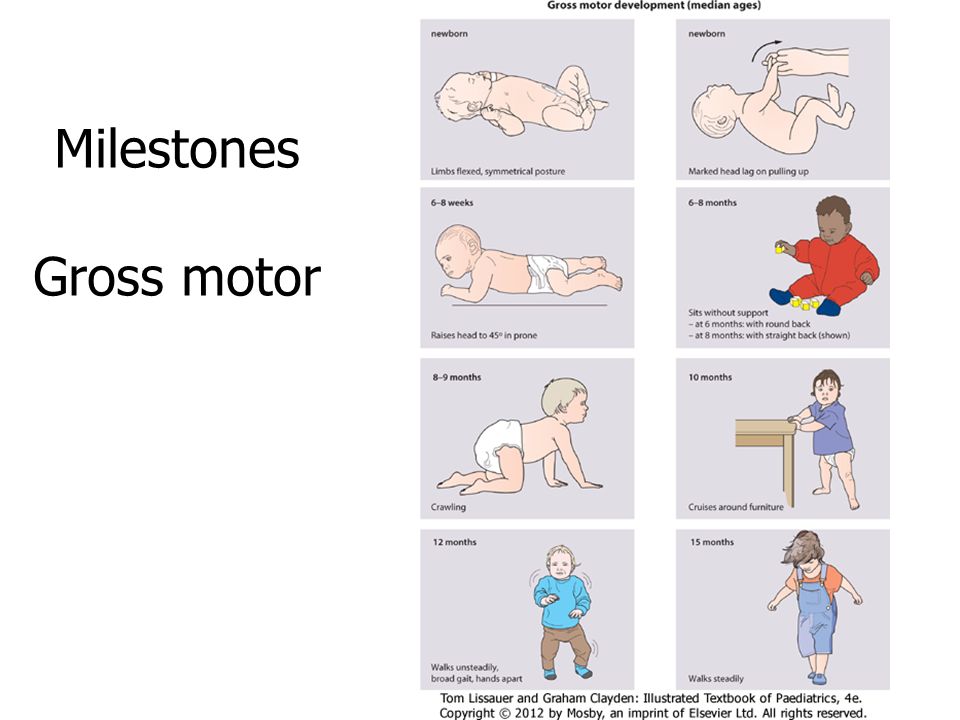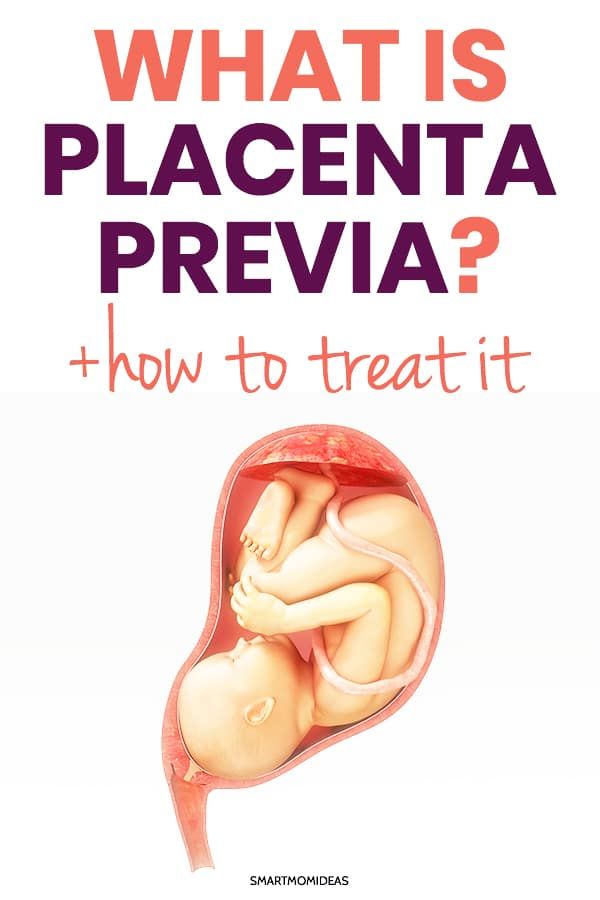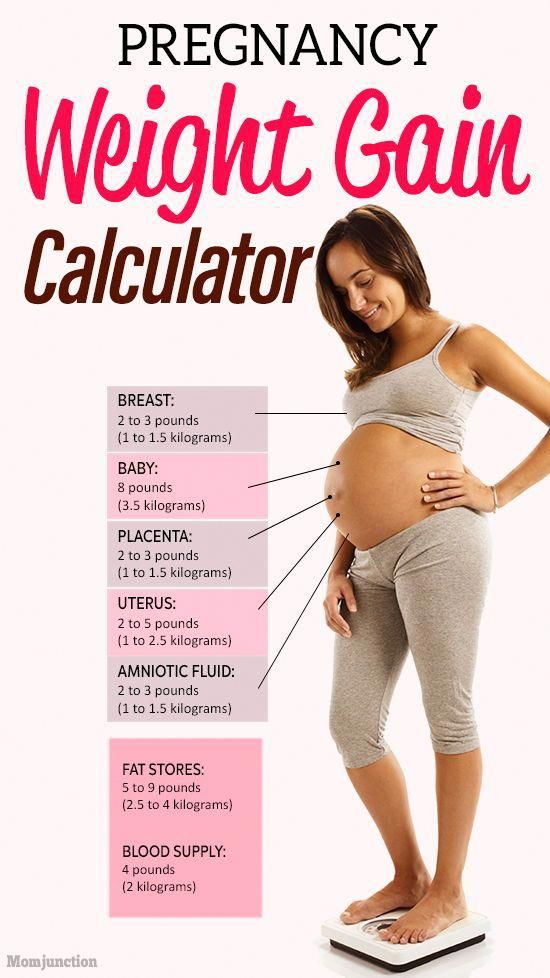Babies first crawl
When Do Babies Crawl? The Typical Developmental Age Range
Every day you watch your baby growing, learning, and becoming more independent. So it's natural to wonder when your little one will start to crawl. It turns out that there's no definitive age when your baby will reach or attempt this movement milestone. But it's worthwhile to know about ways to encourage your little one's progress and to help teach your baby how to crawl.
Observing and helping your baby master this new skill is one of the joys of parenting you'll experience in this first year, and the moment your little one “gets it” is one you'll remember for a long time.
Read on to learn how to spot the signs that your baby is preparing to crawl, at what age babies typically start to crawl, what different crawling styles there are, and what to do if your baby doesn't crawl as expected.
At What Age Do Babies Crawl?
Many babies learn to crawl sometime between 7 months and 10 months. But as every baby is unique, your little one might be on the move earlier or later than others. Some babies skip the crawling stage altogether.
Keep in mind that all babies grow and develop at their own pace. Try not to compare your little one to other babies. If you're wondering whether your baby is on track, consult your healthcare provider.
related baby tool
Keep an eye on your baby’s average growth by tracking height, weight, and head circumference with our simple tool.
Fill out your baby's details*:
What is your child*
Boy Girl
This is a mandatory field.
Age (between 0 and 24 months)
This is a mandatory field.
Weight (lbs.)
This is a mandatory field.
Height (in.)
This is a mandatory field.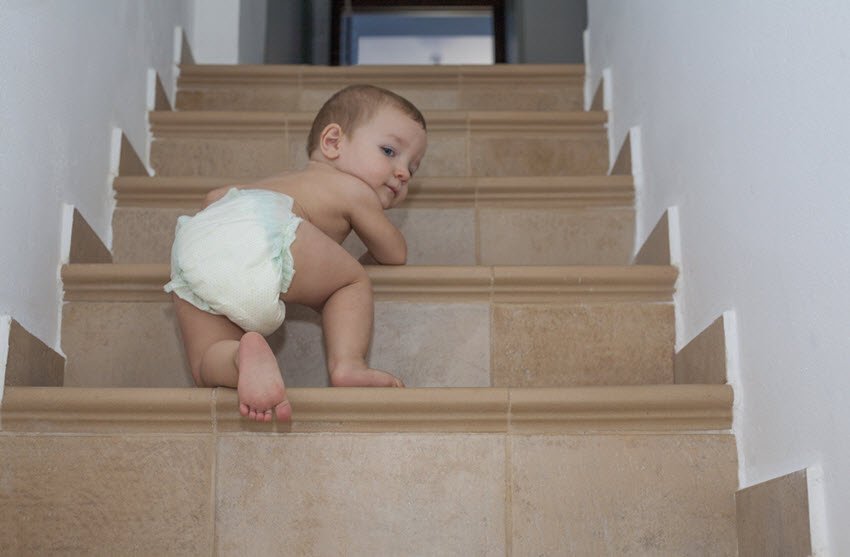
Head circumference (in.)
This is a mandatory field.
*Input details of your baby’s last measurements. **Source: World Health Organization
Signs Your Baby Is Getting Ready to Crawl
Before your baby can begin crawling, she'll need to develop a complex set of skills, all of which will help strengthen your baby's muscles in preparation for crawling.
These are some of the things you might notice your baby doing as she gets ready to start crawling:
Constantly moving while lying down
Arching her neck to look around when she's on her stomach (while you give her supervised tummy time)
Grabbing her feet while she's lying on her back
Turning or flipping over when she's lying on her back
Rocking on her hands and knees when she's on all fours
Pushing herself backward instead of forward when she's on all fours
Digging in with her knees and launching forward when she's on all fours.

At this point in your baby's development, crawling might not be too far off, so make sure you keep a watchful eye on her. Don't leave her unattended unless she is in a safe place like her crib.
If you haven't done so already, this is also a great time to babyproof your home. As part of this process, make sure that dangerous items are locked away and that furniture that can tip over is secure, so that your little one can't get in harm's way once she can move independently.
What Are the Different Types of Crawling?
You might be surprised to learn that there is not just one way to crawl — but many! Here are some of the most common crawling styles your baby might adopt:
Classic crawl. Your baby crawls on his hands and knees, moving one arm and the opposite knee forward simultaneously.
Bear crawl. Your baby walks on his hands and feet, keeping his elbows and knees straight.
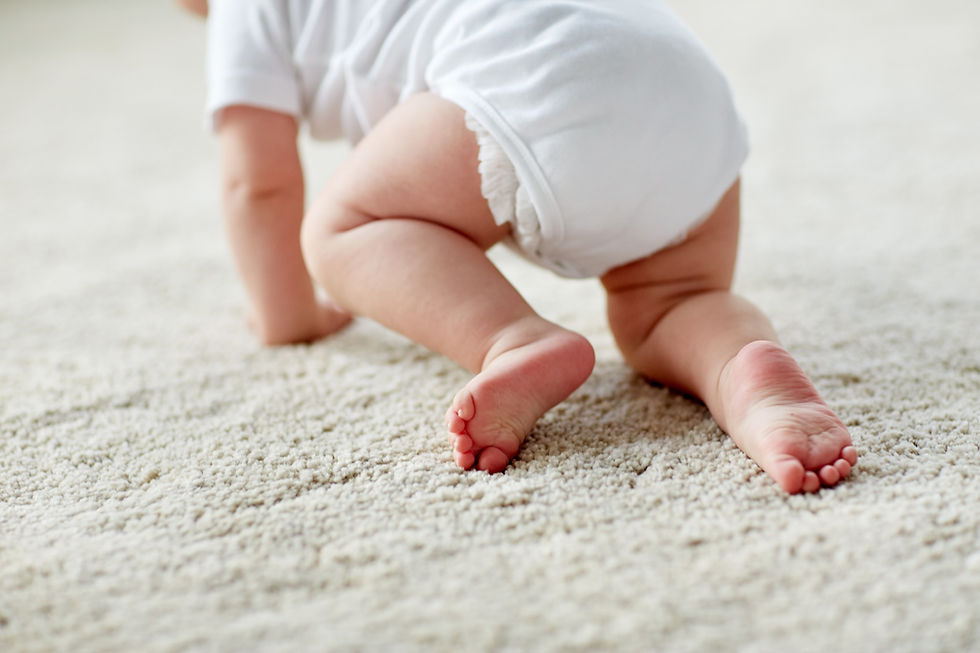
Belly crawl. Your baby slithers around on his belly while moving forward.
Bottom scoot. Your baby moves forward using his arms while scooting on his bottom.
Crab crawl. Your baby moves either backward or sideways with the help of his hands.
Rolling crawl. Your baby moves around by rolling from one place to the next.
Your baby may use any one of these styles or even invent his own, so don't be worried if his crawling doesn't look like any of those listed above.
How Can You Teach Your Baby to Crawl?
Babies are eager to move and explore, and they essentially teach themselves to get where they want to go. To encourage your baby to start crawling, try these ideas:
Place one of your baby's favorite objects or toys just out of reach in front of her when she's on the floor to inspire her to start crawling toward it.

Set up an obstacle course for her with pillows, boxes, and other safe objects to help her practice and develop her abilities.
Encourage your baby to crawl toward one of her favorite objects by showing her that you've hidden it behind a pillow a little distance from where she is on the floor.
The aim of these exercises is to get your baby to be excited about learning to crawl and see it as a new adventure. If you feel she's starting to lose interest or is getting frustrated, it's time to stop and do something else.
Always supervise your baby when she's playing on the floor and when she's on her tummy.
What If Your Baby Doesn’t Crawl as Expected?
Just like every other baby, your little one is developing at his own pace and on his own timeline. Try not to think in terms of “my baby should have started to crawl by now.” Also, remember that your baby might not crawl exactly how you expect him to.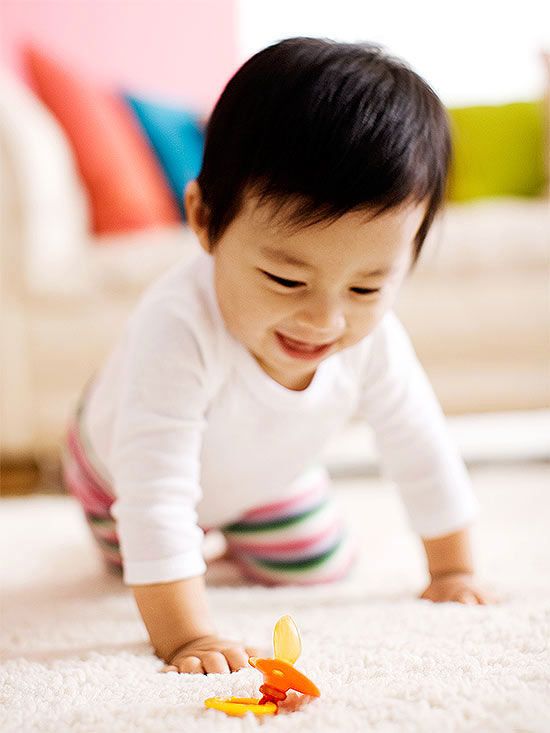 Instead, he may use another way to get around, such as bottom scooting or belly crawling. Or he may skip crawling altogether.
Instead, he may use another way to get around, such as bottom scooting or belly crawling. Or he may skip crawling altogether.
Usually, there's no cause for concern as long as your baby is learning how to coordinate his arms and legs. His eventual goal is to learn how to walk, so try not to focus on how he's crawling in the meantime.
Of course, if you feel your baby is not moving properly, is unable to coordinate each side of his body, or is not using each arm and leg equally, talk to your healthcare provider. And reach out to your provider any time you have questions or concerns about your baby's development in general.
Crawling lets your baby see and explore his world in a new and different way, and he'll love his expanded freedom and mobility. In time, he'll be ready for more and want to join in with everyone else who is walking. Enjoy this special time. Crawling is a new adventure for your baby, and in its own way your baby moving independently is a new adventure for you as a parent, too.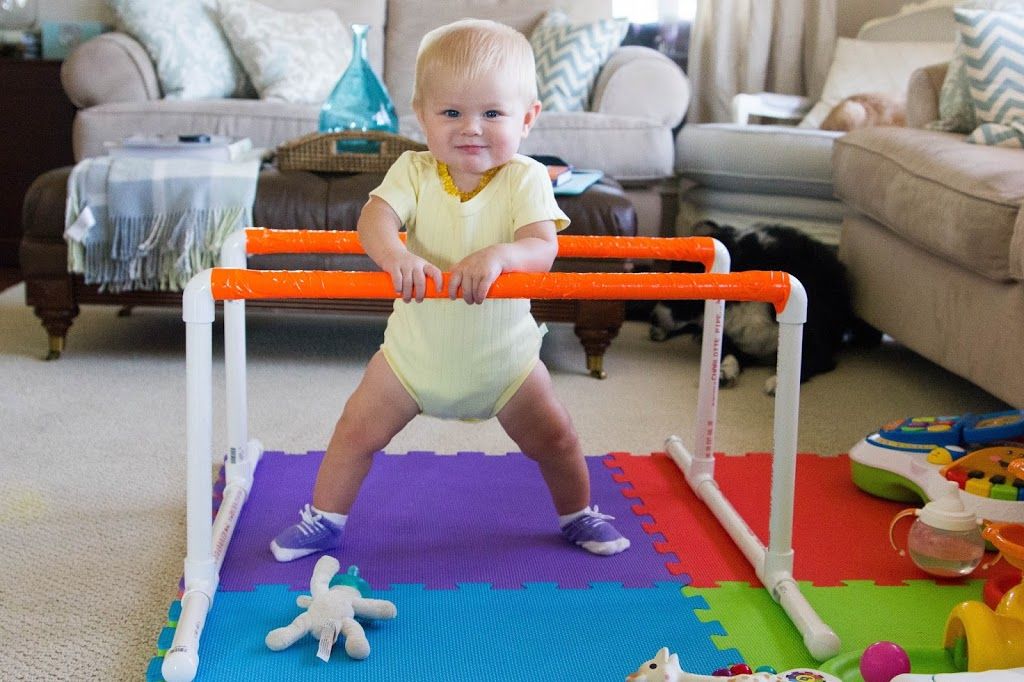
To start earning rewards for all those diaper purchases, download the Pampers Club app today.
When do babies crawl? Timing, types, and how it develops
Most babies learn to crawl at 7–10 months. Some babies do not crawl at all. They may go straight to standing or walking around, holding onto furniture. Crawling offers a baby some independence from their caregiver and enables them to explore their environment.
Crawling is an opportunity for babies to exercise some independence. It allows them to move toward something they are interested in so they can explore it.
Crawling skills develop when babies have sufficient muscle strength and coordination, but all babies develop at different rates, and some may skip crawling altogether.
Parents and caregivers may find it difficult not to compare a child to others and may worry if they reach milestones later. However, most children follow a similar development pattern, but the timings can vary.
Most babies start crawling between 7–10 months. Not all babies will crawl. Some may shuffle on their bottom, crawl along on their belly, or go straight from sitting to standing.
Not all babies will crawl. Some may shuffle on their bottom, crawl along on their belly, or go straight from sitting to standing.
Crawling is one of the baby’s first attempts at independent mobility. Once a baby can crawl, they will continue to move around on hands and knees until they are ready to stand and walk.
Signs that a baby is getting ready to crawl include:
- rolling from belly to back or vice versa
- pushing up to feet and hands in a “bear walk” position
- they can move into a crawling position and then into a sitting position
- they can use their arms to move along the floor on their tummy
- they can almost reach the crawling position with one leg in the right position, and the other stuck out straight
- they can get into the crawling position but may not be sure how to move forward
Learn about when babies sit up.
Typical crawling involves a baby lifting the opposite knee and hand off the floor at the same time. They move forward by alternating the hand and knee movements. However, this is not the only efficient method of moving around. Other ways a baby might choose to move include:
They move forward by alternating the hand and knee movements. However, this is not the only efficient method of moving around. Other ways a baby might choose to move include:
- Belly crawl: The baby pulls themselves along on the belly using their hands. The baby may also use their feet to propel themselves forward.
- Scooting: The baby sits on their bottom and uses their legs and sometimes their hands to push themselves along the floor. This technique works best on a hard surface.
- Bear walk: The baby walks using their hands and feet. This may be a precursor to standing upright.
Some babies might skip crawling altogether and go straight to learning to walk.
Babies crawl when they are ready, but there are some ways caregivers can encourage them, including:
- doing push-ups to show the baby how to move from their belly to their hands and knees
- demonstrating how to get into the crawling position, then rocking backward and forward
- positioning a favorite toy slightly out of reach to encourage a baby to move toward it
Tummy time
Caregivers can encourage a baby to develop the muscles they need for crawling and sitting up by giving them supervised “tummy time. ”
”
The World Health Organization (WHO) recommends that infants under 1 year spend at least 30 minutes on their tummies throughout a day. This should be while they are awake and alert. WHO also advises that babies should be physically active in various ways throughout the day.
Babies can have tummy time from birth. A caregiver can place them onto their tummy on the floor for short bursts, gradually increasing the duration. If the baby finds it hard to lift their head, a caregiver can place a rolled-up towel under their armpits.
Not all babies enjoy playing on their tummies. A person can make it fun by interacting and playing with toys.
Physical activity
Through play, caregivers can challenge babies to move by reaching, turning, stretching and moving to music. Being physically active will strengthen the muscles a baby needs for crawling and walking.
Other ways to encourage a baby’s physical development include:
- providing opportunities to pull, grasp, squash, shake, or push
- playing varied games that allow a baby to try different movements
- letting them lie on their back under a play gym or mobile
- taking them outdoors to explore a park or the natural environment
- taking them swimming under close supervision
- allowing them to explore objects around them as long as they are safe
Safety
Caregivers should supervise babies at all times when they are crawling or moving around.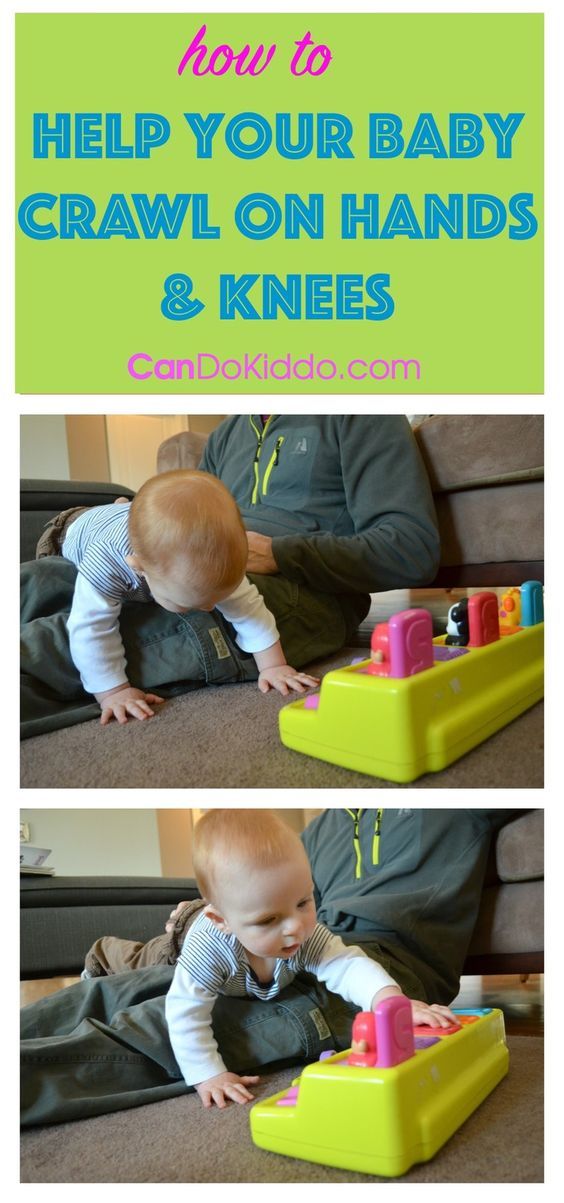 Before babies reach this stage, it is a good idea to baby-proof the home, paying attention to objects that a baby could reach for.
Before babies reach this stage, it is a good idea to baby-proof the home, paying attention to objects that a baby could reach for.
The Consumer Product Safety Commission provides advice for using safety devices in the home that help prevent accidents.
Below are answers to some common questions about crawling:
When should I worry if my baby isn’t crawling?
Infants reach milestones at different times. Some babies may avoid crawling and go straight to walking. Some take a little more time to learn the skill. If a baby achieves most of their milestones and crawling seems to be the only skill they have not yet achieved, then there is nothing to worry about.
The Centers for Disease Control and Prevention (CDC) advise that a person talks with a doctor or nurse if a 9-month-old baby shows signs of developmental delay. This includes when they:
- are missing milestones
- do not bear weight on their legs with a caregiver’s support
- cannot sit up with help
- do not babble
- do not play any back-and-forth games
- do not respond to their name
- do not recognize familiar people
- do not look where their caregiver points
- do not transfer toys from one hand to the other
“Well-child” visits are an opportunity for pediatricians to check that a child’s growth and development are on track. A child should have seven well-child visits between the age of 1–4.
A child should have seven well-child visits between the age of 1–4.
Do babies crawl or sit up first?
Babies usually learn to roll over first, followed by sitting up and then crawling.
According to a 2015 study, most babies can sit upright independently from about 6 months. Balancing on their bottom and using their legs for support enables a baby to find new views, increasing learning and exploration. This allows a baby to have their hands free for reaching out, grasping, and learning about the properties of objects.
Do all babies crawl before walking?
Although most babies crawl before walking, not all will go through this stage. Some go straight to cruising, holding onto furniture as they walk along.
Babies develop at different speeds but usually follow a similar pattern.
A 2022 longitudinal study concluded that crawling before walking is linked to a range of health benefits in children aged 7 years. In the study, children who crawled before walking were likely to have better body composition, cardiovascular system, lung function, motor skills, physical fitness, and general health.
Babies usually learn to crawl at 7–10 months, but some babies bypass crawling altogether. There are several ways babies can move around, and not all of them crawl in a typical way.
Caregivers can help babies learn to crawl by engaging them in varied physical activities that help strengthen their muscles and improve coordination. Caregivers can also demonstrate how to crawl and play games that motivate babies to move.
If a caregiver has concerns about a baby’s development, they can talk with a healthcare professional. A developmental screening check can assess a baby for developmental delay.
What time do babies start crawling and how to help them with this
Published:
Crawling can be considered the beginning of a child's autonomy. He independently moves and gets acquainted with the world around him. At what age the baby will start to crawl and how to help him prepare for this important stage, said Dan Brennan, MD, and the authors of Healthline.
He independently moves and gets acquainted with the world around him. At what age the baby will start to crawl and how to help him prepare for this important stage, said Dan Brennan, MD, and the authors of Healthline.
When babies start to crawl and why it matters
Parents always look forward to when their baby starts to crawl. However, there is no exact date and even a clear deadline for when to expect this event. Each baby develops at their own pace, so you can focus on the average range, but at the same time give the child enough time to prepare for mastering a new skill. nine0005
What time do babies start crawling? Most babies start crawling (sliding, rolling) between 6 and 12 months. For many of them, the crawling stage does not last long, once they get a taste of independence, they begin to pull themselves up behind furniture and walk with support, writes Healthline magazine.
What is the significance of crawling for a child? The kid learns to control his arms and legs, to get to interesting objects, which makes him more autonomous. Crawling helps children understand their abilities. They begin to realize how to properly regulate their movement in order to climb, descend and cross different types of surfaces and obstacles. Crawling allows the child to support their own weight with their arms and hands. This will help develop muscle strength and fine motor skills, which are important for dressing, eating and writing, writes Dan Brennan, MD. nine0005
Crawling helps children understand their abilities. They begin to realize how to properly regulate their movement in order to climb, descend and cross different types of surfaces and obstacles. Crawling allows the child to support their own weight with their arms and hands. This will help develop muscle strength and fine motor skills, which are important for dressing, eating and writing, writes Dan Brennan, MD. nine0005
How can you tell if a baby is crawling? The first sign is that the baby is able to roll over from his stomach to his back and vice versa. The second will be that the child manages to independently rise from the abdomen to a sitting position. Some children get on their hands and knees and rock back and forth. Many begin to try to push or pull themselves with their hands when they are lying on their stomach. These are all signs that the baby may soon begin to move independently, explains Healthline.
When people imagine a crawling baby, most see him on his hands and knees. Although this is the most common crawling style, infants also move around:
Although this is the most common crawling style, infants also move around:
- Crawling backwards: the child crawls or leans back with the help of legs and buttocks.
- Classic crawling: baby uses hands and knees to get around.
- Commando crawl: the child lies on his stomach and uses only his hands to move.
- Crab crawl: similar to the classic crawl, but the child does not take his knees off the ground and moves with his arms and legs.
- Sitting crawl: baby sits upright and uses his legs and bottom to move around. nine0008
When does a child get on all fours? As Sarah Charmley writes, this can happen from 7 to 10 months. At this age, the child already knows how to sit and is looking for an opportunity to move independently. However, it must be remembered that not all children crawl. Some push off the floor when they sit, while others immediately get to their feet and take their first steps with support. All of these options are considered normal.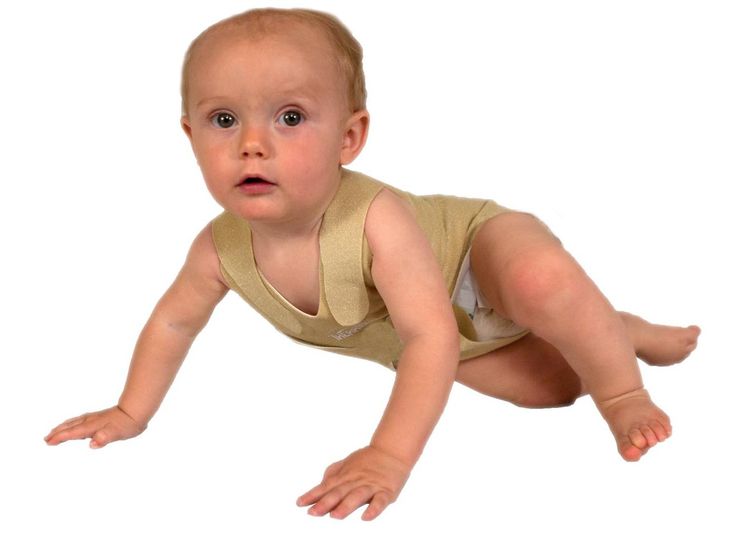
How to prepare a child to crawl
Advice from Dan Brennan, MD, and Healthline contributors, to help your baby navigate a new developmental milestone:
- When your baby is on their tummy, give them attention and don't let them get bored. Do not leave the baby, keep him safe.
- Give your child toys in a way that makes them reach for them. This will help strengthen the muscles. Make sure that this workout lasts no more than 5 minutes.
- Reduce the amount of time your child spends in walkers, swings and other devices. They slow down the development of the musculoskeletal system. Give your baby more time to play on the floor or in bed. nine0008
- Create a comfortable play space. It can be a special game mat or any comfortable surface. Make sure that this space does not contain dangerous objects, but there are toys or other interesting objects.
- Dress your child in comfortable clothing.
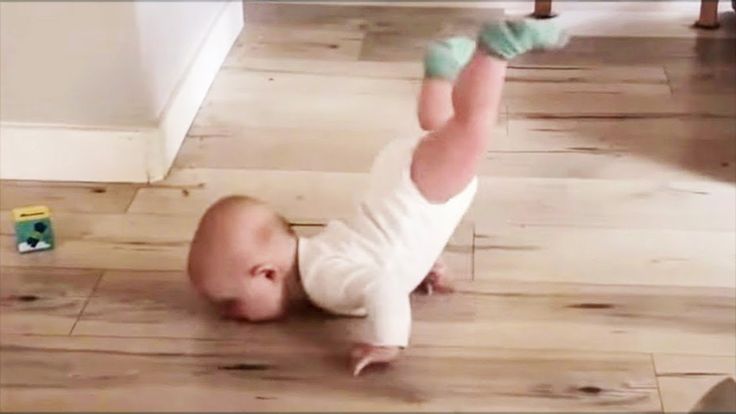 Make sure that the baby does not feel discomfort from rubbing against the coating on which he moves.
Make sure that the baby does not feel discomfort from rubbing against the coating on which he moves. - Get on all fours with your child. Sometimes a child needs an example to start moving. He can begin to imitate the movement and learn a new skill sooner. nine0008
One of the main tasks of parents during the period of preparing the baby for crawling is to make the home safe for the child. To do this:
- remove all small items that may present a risk of suffocation;
- close and place medicines, cosmetics, household chemicals in closed cabinets;
- fix furniture that wobbles and may fall;
- cover sharp corners of furniture;
- fold up the cords from the blinds and curtains;
- install protective covers on sockets, nets and additional locking fittings on windows. nine0008
You should always remember that children move much faster than you might think, so they should not be left unattended even for a minute. Even if you have taken care of the safety of the premises, you still need to be careful and vigilant.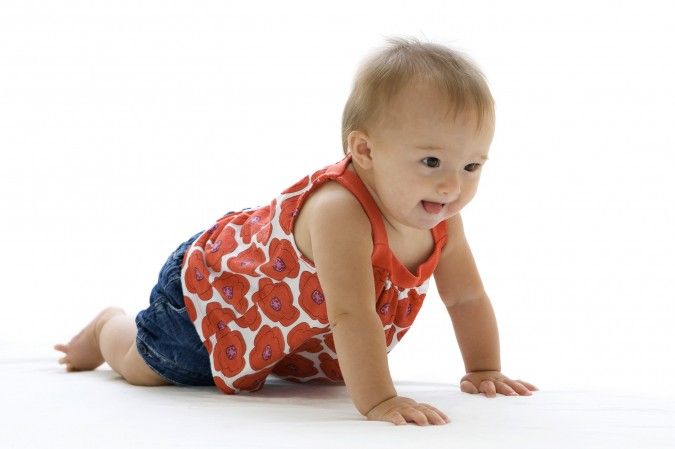 Toddlers always exceed expectations in speed, agility and ingenuity.
Toddlers always exceed expectations in speed, agility and ingenuity.
Should I be worried if my 7-10 month old baby doesn't crawl or walk? Healthline explains that if the baby has reached the other stages of development, and crawling seems to be the only skill that he has not yet mastered, there is nothing to worry about. nine0005
You should consult a doctor if your child:
- cannot support his weight even with support;
- cannot sit;
- does not babble;
- does not play simple games;
- does not respond to his name;
- do not recognize familiar people;
- doesn't look where they show him;
- does not transfer toys from one hand to another.
This may be evidence of complex disorders, but only a doctor can draw conclusions about the development of an infant. nine0005
Crawling is a skill that most babies learn without problems. Be patient, do not rush the child and help him explore the world with comfort at a pace that is convenient for him.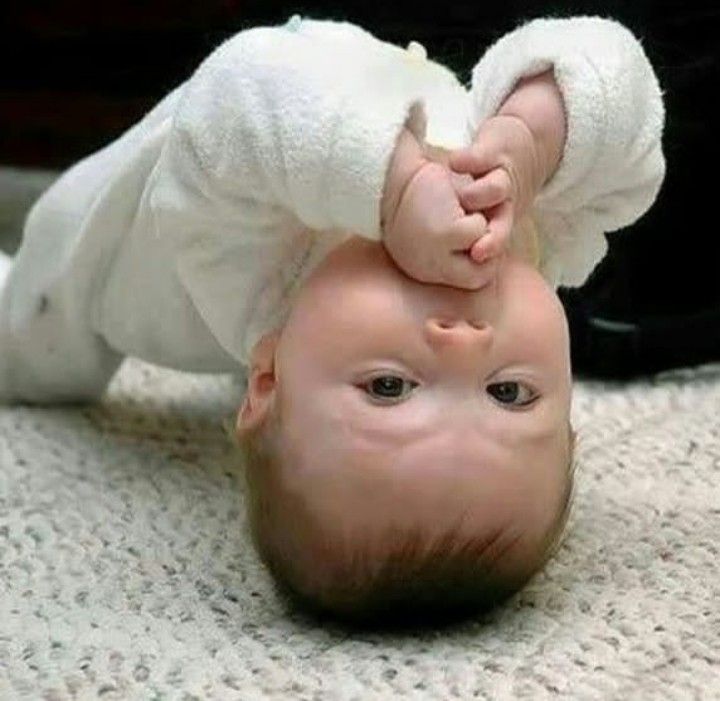
Attention! The material is for informational purposes only. You should not resort to the methods of treatment described in it without first consulting a doctor.
Sources:
- Dan Brennan. When Does a Baby Learn to Crawl? // webmd. - 2021. - 28 June. - Access mode: https://www.webmd.com/baby/when-does-a-baby-learn-to-crawl
- Simple Steps for Teaching Your Baby to Crawl // Healthline. - 2016. - 01 August. - Access Mode: https://www.healthline.com/health/parenting/teaching-baby-to-crawl#Should-I-worry-about-my-baby-not-crawling?
- When Do Babies Start Crawling? // Healthline. - 2020. - 28 January. - Access mode: https://www.healthline.com/health/baby/when-do-babies-crawl
Reviewer - doctor of the highest category Mikhailenko Lyudmila Anatolyevna.
Original article: https://www.nur.kz/health/motherhood/1743870-kogda-rebenok-nacinaet-polzat-i-saditsa/ nine0005
When Baby Starts to Crawl - Articles by Heinz Baby
Crawling is an essential part of growing up.:max_bytes(150000):strip_icc()/at-what-age-will-your-baby-start-to-crawl-5085117-regular-FINAL-2300c318e8e74e4e813a8303bf020553.png) It is during this period that the back muscles are strengthened and developed, which will then help the child to get up and stand. Children begin to crawl at different ages, from 5 to 9 months, and all this is a variant of the norm. The baby begins to crawl only when the muscles of his arms, legs, and back get stronger. At the same time, the development of crawling skills occurs in several stages: the baby can, lying on his stomach, raise his arms or legs, as if he is going to fly; standing on all fours, the child can begin to sway back and forth, and the first attempts to crawl can occur not only in the usual way, but also booty forward! nine0005
It is during this period that the back muscles are strengthened and developed, which will then help the child to get up and stand. Children begin to crawl at different ages, from 5 to 9 months, and all this is a variant of the norm. The baby begins to crawl only when the muscles of his arms, legs, and back get stronger. At the same time, the development of crawling skills occurs in several stages: the baby can, lying on his stomach, raise his arms or legs, as if he is going to fly; standing on all fours, the child can begin to sway back and forth, and the first attempts to crawl can occur not only in the usual way, but also booty forward! nine0005
To help your child learn a new skill, you can do special strengthening exercises with him:
- Take a fitball, put the baby on the ball, holding it by the armpits. Gently rock the ball so that the child learns to arch the back.
- Take the baby by the arms while lying down so that he grabs your thumbs, then slowly lift the baby by the arms and gently lower.
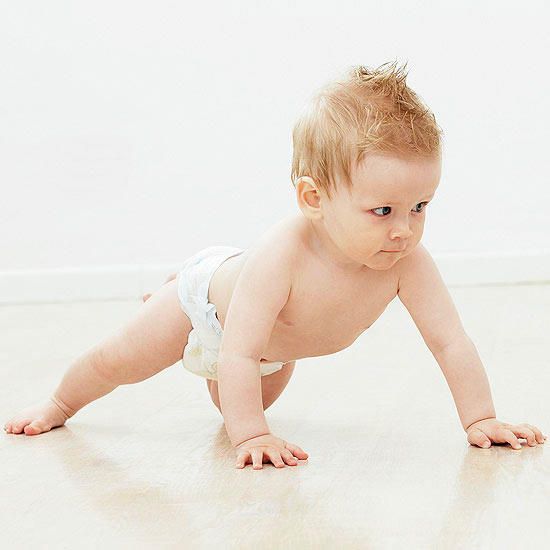
- Put the baby on his stomach, put his hand to the legs, push him forward a little. nine0008
And be sure to give your child space on the floor where he can exercise, get on all fours and crawl! Crawling in a crib or playpen is not very convenient, and on the couch it is simply dangerous. It is better to lay a rug or blanket on a clean floor and put toys there so that the baby has a desire to get to them on his own.
Read on to find out how to teach your baby to crawl, when to start crawling, what exercises are needed to train the arms and legs. nine0005
When do babies start crawling?
The baby will crawl as soon as his muscles are strong enough. This usually happens in 5-6 months, but can happen both earlier and later. Most often, the baby first learns to sit on his own and only after that he moves on to crawling. It is believed that girls begin to crawl before boys, but here everything is individual. The child will learn this skill gradually: for example, first trying to swing or roll, moving backwards or in a plastunsky way, on his stomach.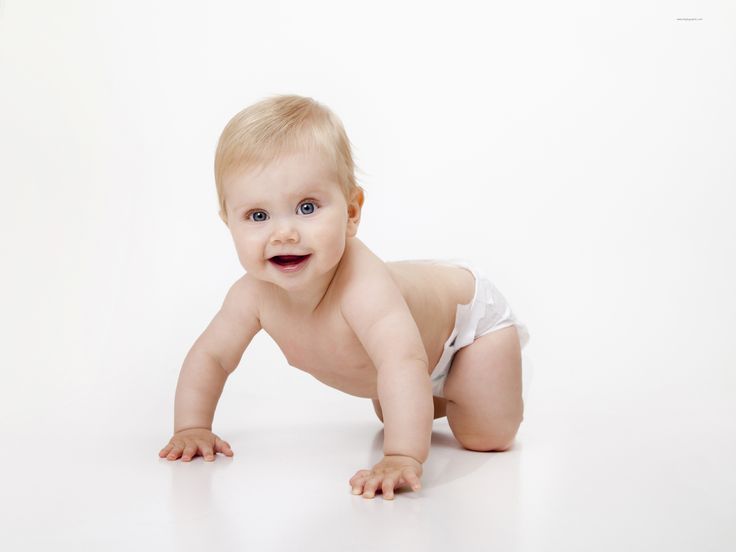 When the baby begins to try to move in any way, it means that he will soon crawl. nine0005
When the baby begins to try to move in any way, it means that he will soon crawl. nine0005
Benefits of walking on all fours and on all fours
Crawling is an important movement skill. This is one of the first ways of independent movement that a child masters. Crawling, he receives the following benefits:
- training, strengthening muscles and ligaments;
- formation of a physiological, healthy form of the spine;
- development of the vestibular apparatus, the ability to keep balance;
- development of coordination of movements; nine0007 development of motor skills;
- improved interaction between the right and left hemispheres;
- development of the psyche, the ability to navigate in the surrounding space.
It is important to give the child the opportunity to learn to crawl well, not to rush the moment when he starts to stand or walk with support. To walk, you need a strong spine, strong muscles and crawling helps to prepare the baby's musculoskeletal system for this.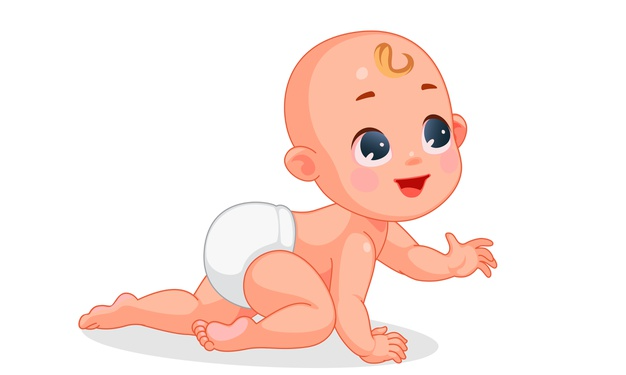
Ways and steps of crawling
Usually a child learns to crawl quickly: from the first attempts to the moment when the baby can develop decent speed, moving on all fours, it can take only a month.
The skill is formed in the first year of life in several stages:
- the baby already knows how to roll over, sit and begins to learn new movements, tries to take new postures;
- at the beginning of the formation of a skill, the child usually takes one step and falls or freezes, restoring balance; nine0008
- when he learns to keep his balance, he will begin to move continuously in a straight line;
- the last stage is the movement along any trajectories (for example, to an interesting object, to a toy, to or from mother when playing catch-up).
An infant can crawl in several ways:
- in leaps: by jumping from a position on all fours;
- plastunsky: on the stomach, with alternate use of arms and legs for support; nine0007 on all fours: supported by knees and elbows;
- roll: a sideways movement in which the baby rolls from the stomach to the back and vice versa;
- in reverse: driving backwards.

Often, while developing crawling skills, a child successively masters several methods: for example, first he rolls, then he crawls in a bellies-like manner, and then he gets up on all fours.
How to teach a child to crawl?
If your baby is over seven months old but is in no hurry to start crawling, they can be helped to learn this skill. Remove any potentially dangerous objects in advance and make sure that the child will be comfortable crawling on the floor. To interest him, you can arrange toys around the room. nine0005
Preparatory stage
Crawling is one of the stages of development. The main recommendation on how to teach a child to crawl is to prepare him for crawling in advance:
- from three months, lay the baby on a hard surface (for example, on a table) for a short time;
- periodically do a restorative massage;
- daily you can do gymnastics: bend, unbend arms and legs, raise, lower them.
Arm training
Lay the baby on the tummy to practice the arms.
